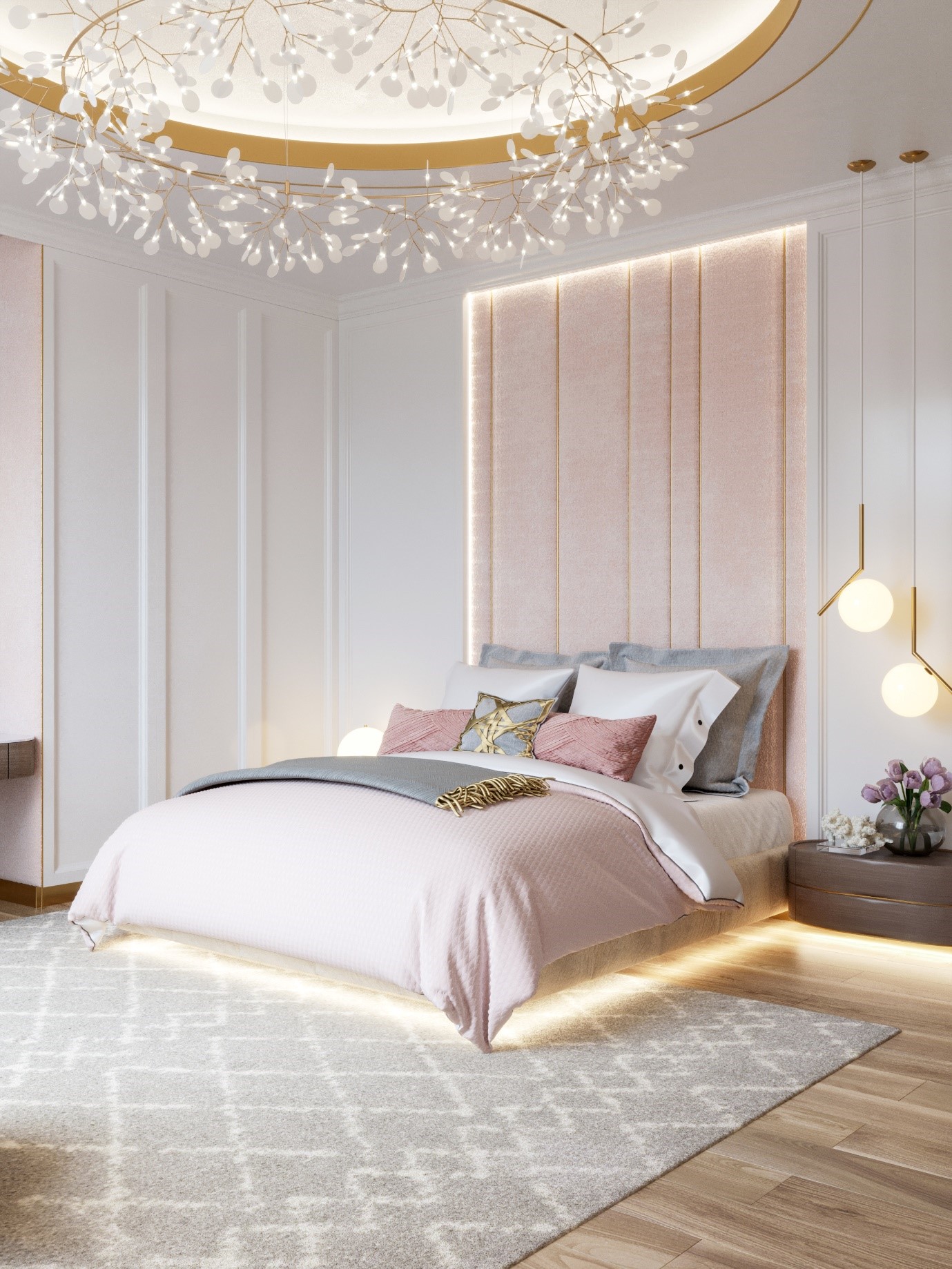La Firma’s Top Tips on planning a kid’s bedroom that’s fun, nurturing, and designed to grow with them.
Designing a child’s bedroom is a fun project, but also one that can be tricky to get right. Some of the challenges are pretty obvious – kids are very fickle minded, so their likings and interests may change even within the timespan of the project! Other challenges are not so obvious and hard to nail, which is why long-term thinking is key when designing a bedroom for a child.
The Key Word is Future-Proof.
Planning a decorating scheme complete with furniture options, colour palette and mood board is the first step. When doing this, need to make sure that you’re planning ahead – a five year-old may love unicorns, but a ten year old may not. The child is constantly growing and his/her likes are evolving – their room should be able to reflect and accommodate this.
Here’s how you can design a child’s room that they will love today and in the future.
1. Walls

Children love pictures and color on their walls, but four colourful walls can make this room look chaotic and small.
Use neutral paints or wallpaper on three walls, and have one accent wall that’s colourful and fun. A safer option would be to just have a huge poster that’s in theme with the child’s likings, so that it can be changed or updated later. Wall stickers also make the room interested and can be replaced or discarded in the future.
2. Floor

Ambient Lighting:
Ambient lights can simple spot lights, down lights or an interesting pendant light. The key factor is that the light you choose leaves the room well-lit and bright.
Decorative Lighting:
Decorative lights are a great way to make the room fun and interesting. Choose one that looks good by itself and also matches the overall theme.

Bed-Side Lighting:
Bedside lights have different uses for different ages. For young children, a bed-side light just needs to be a nightlight that gives off a comforting glow. For older children, they may need a bedside lamp that’s bright enough to avoid eyestrain while reading. Typically, just try to choose a light source with an output of around 400 lumens.

Furniture:
For children’s rooms, choose a wardrobe with shelves (more storage!) and brackets which allows the insertion of a rail later.
A colorful wardrobe can make the room interesting. Choose ones that look fun, have maximum storage possibilities and bedside tables that have drawers.
Here’s a list of essential kid’s bedroom furniture:
- Bed
- Wardrobe
- Dresser
- Study Desk
- Toy Chest
- Bookshelf
- Modular drawer units with storage boxes
Here’s a list of things to ask your little client before you start – this will help you design according to their specific likings.
- Name:
- Age:
- Boy / Girl:
- Is the room being shared? Yes/No
- Your Favorite Colors:
- What are your favorite toys?
- What are your favorite hobbies?
-
- Reading
- Writing
- Drawing
- Painting
- Playing indoors
- Outdoor Play
- Others: __________
- Do you have any allergies? Yes / No
- If yes, what are they? ____________
- Would you like to share any ideas? _____________
Any special requests?

